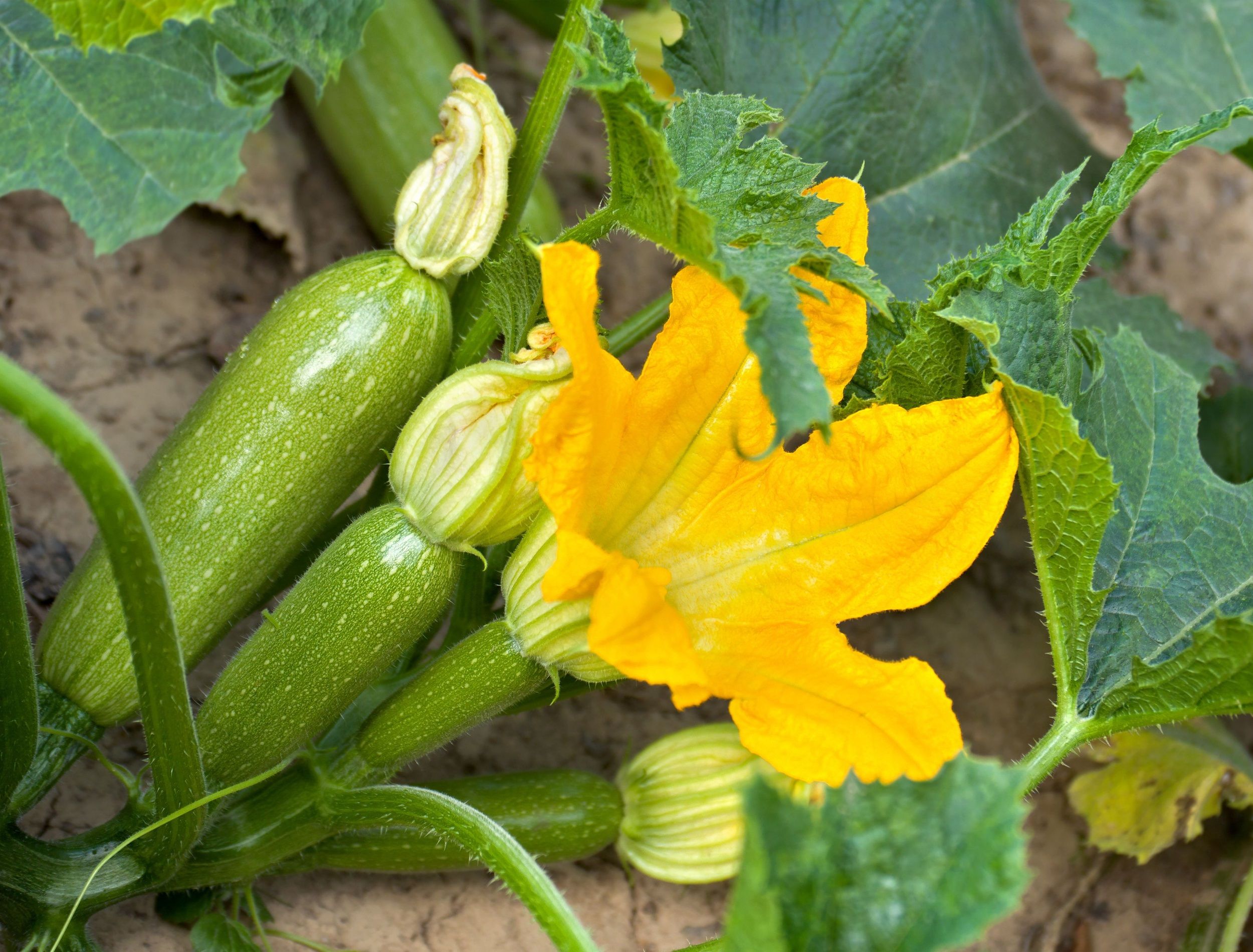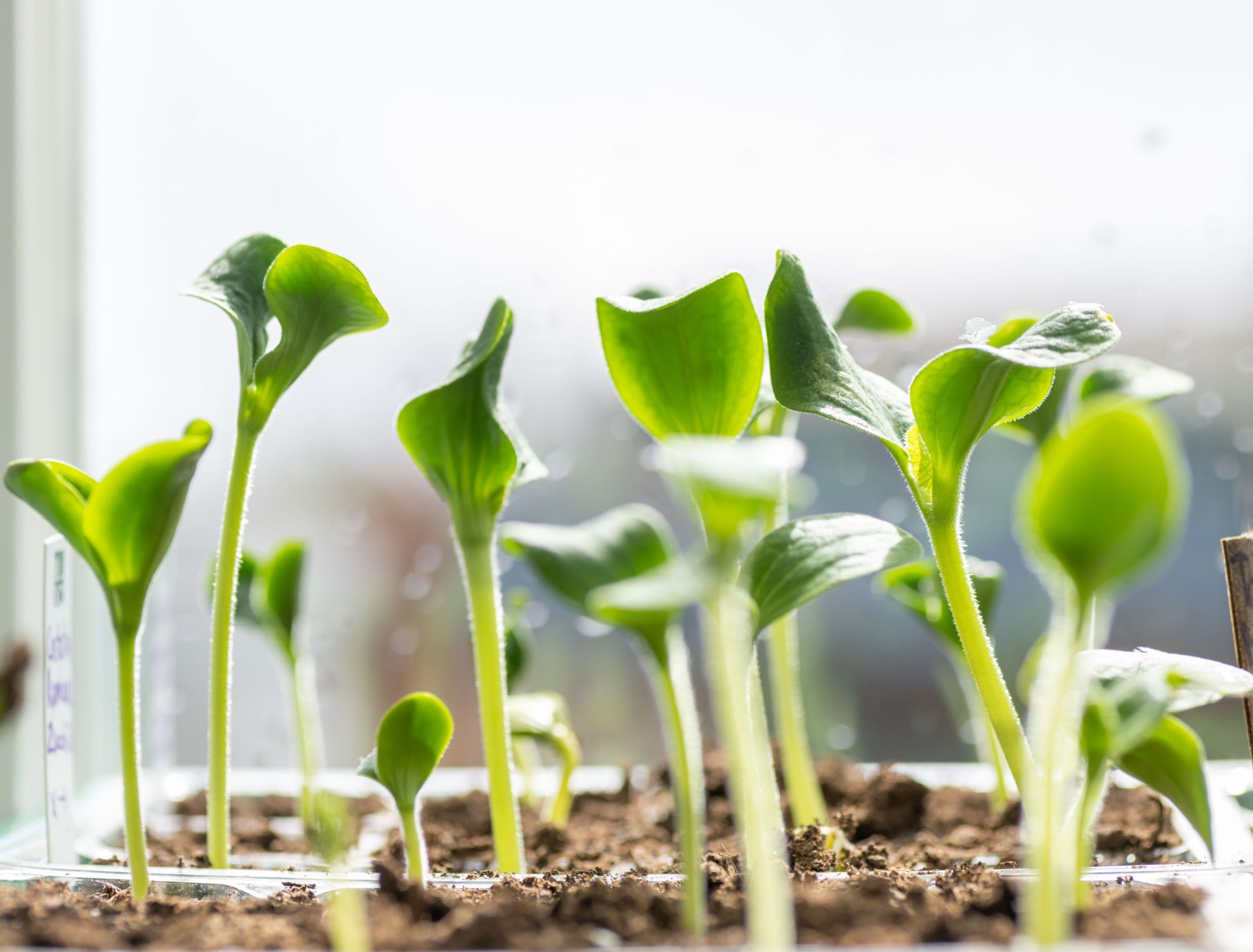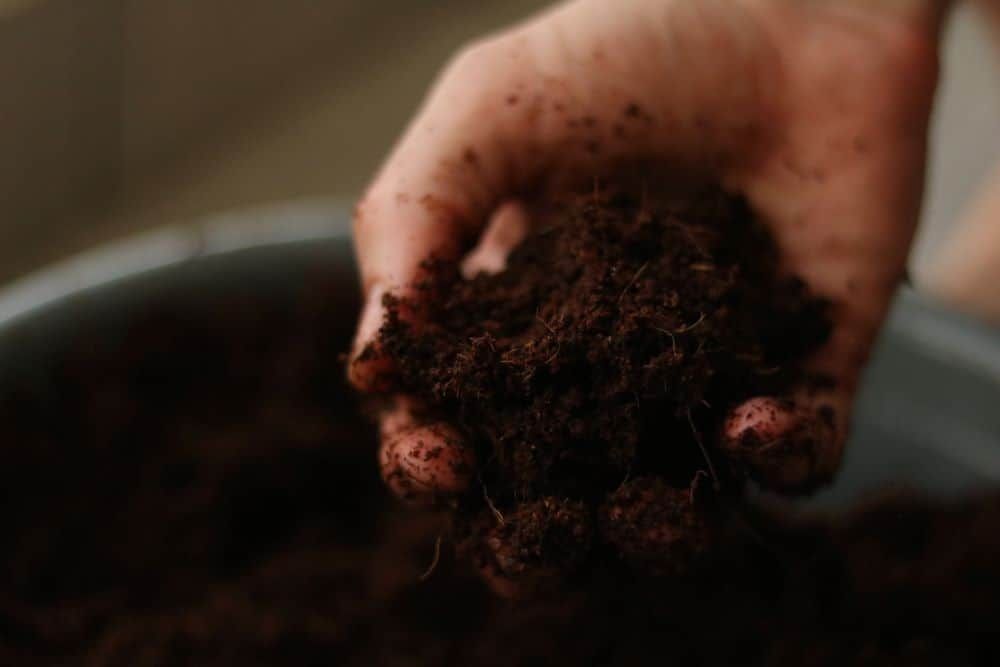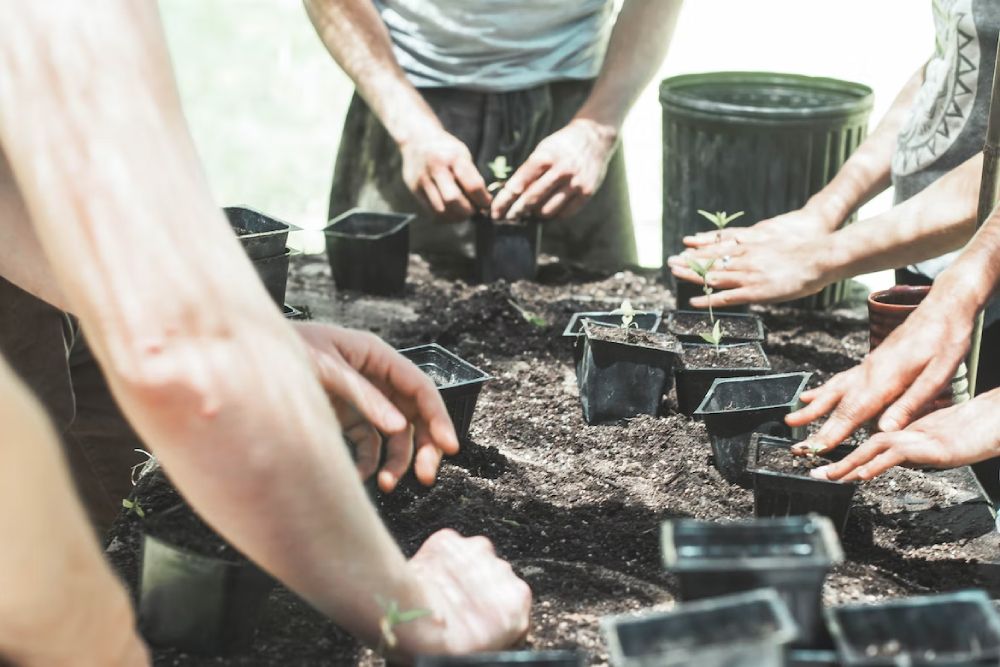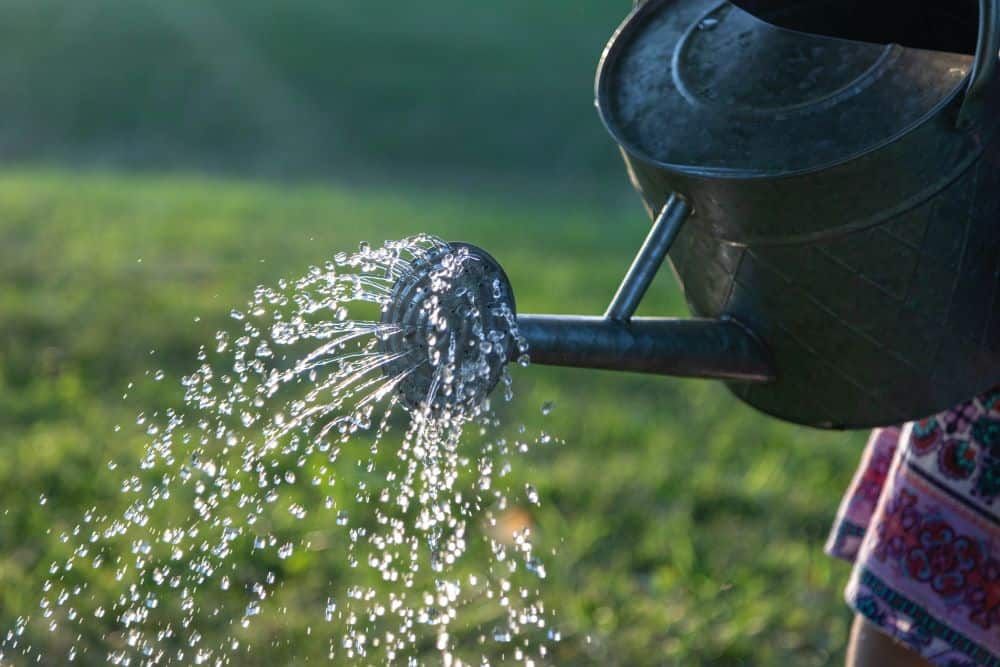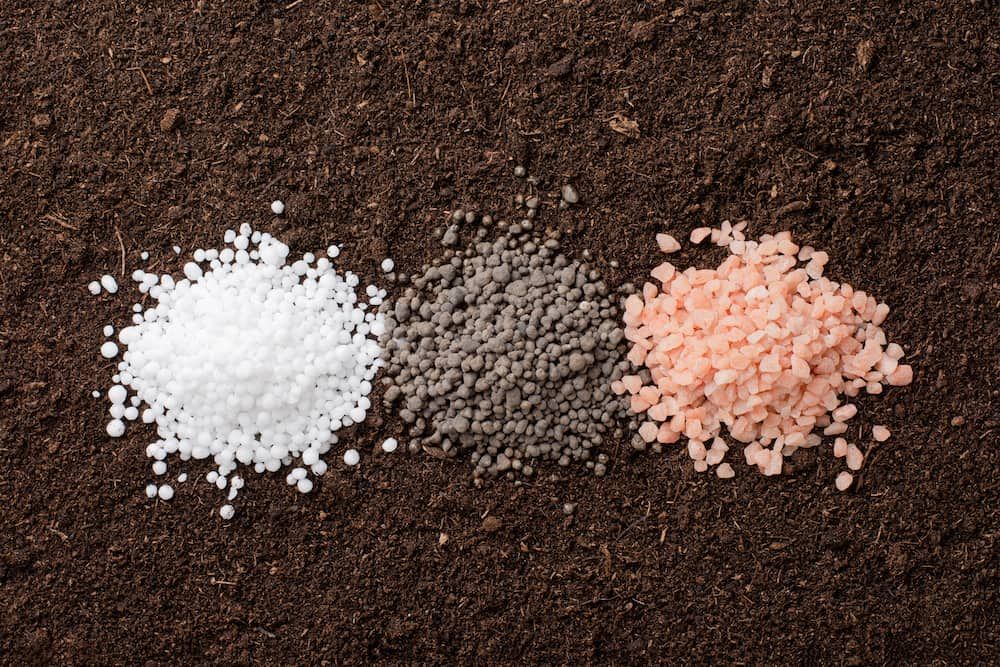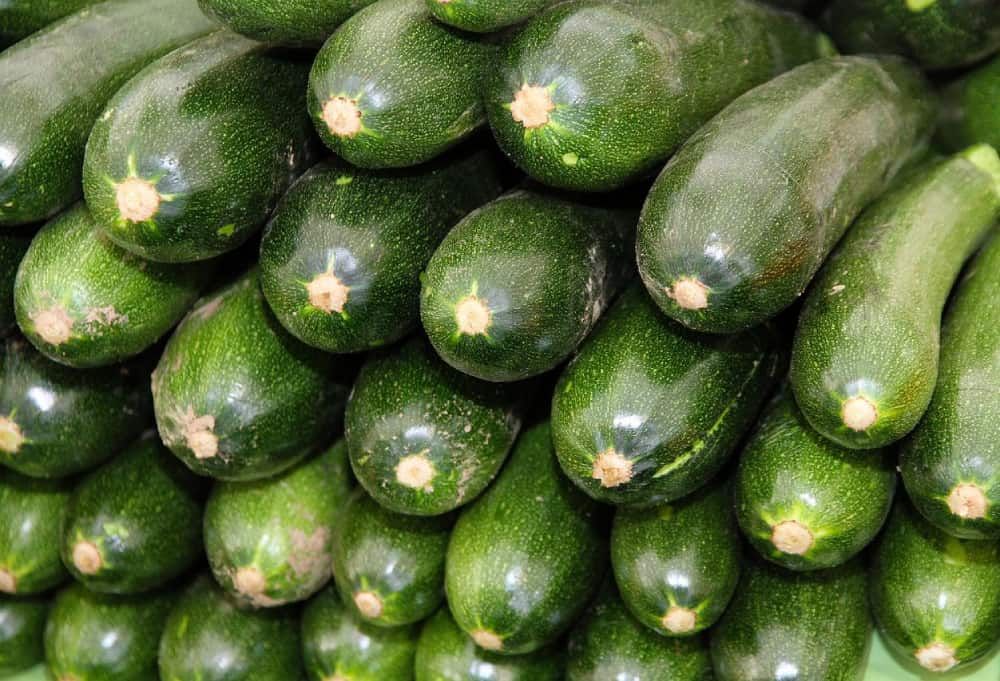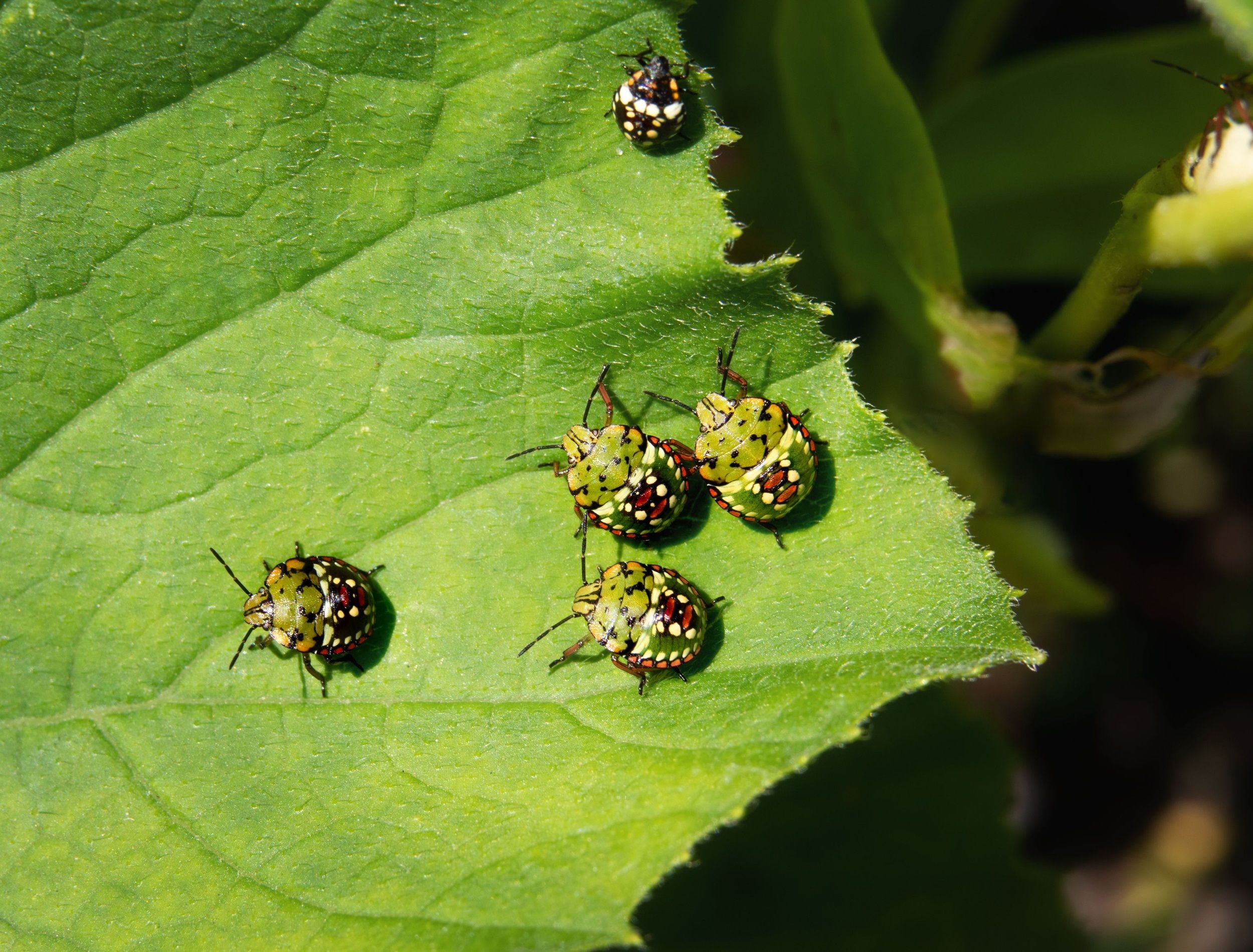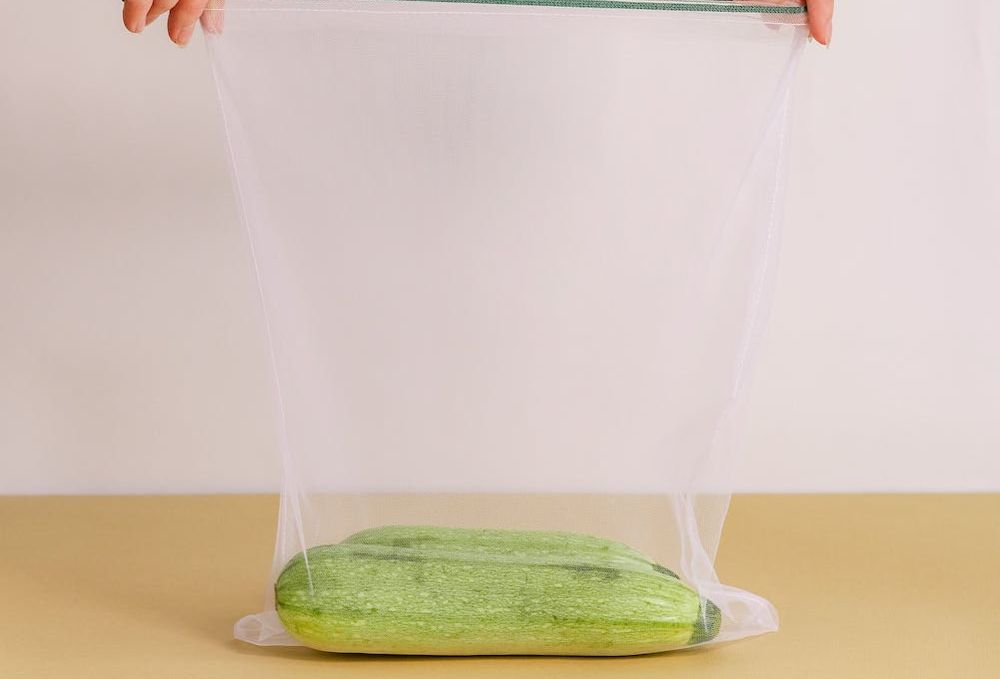Zucchini is a type of summer squash that is typically green. It is also known as courgette in some parts of the world. The plant belongs to the species Cucurbita pepo and grows throughout the United States and Italy, but that isn't even the tip of the iceberg. What many people don't know is that it is easy to grow zucchini. In this article, you will get some good tips on how to grow zucchini in your home garden.
Materials Needed to Grow Zucchini
Image credit: Anna Hoychuk via Shutterstock
To grow zucchini, you will need the following materials:
Zucchini Seeds or Transplants: When starting from seed, look for varieties that are described as "fast-growing." Make sure the transplants are healthy and have no signs of disease or rot.
Potting Mix: Zucchini plants need a light, well-draining potting mix. You can purchase a pre-made mix at a garden center, or make your own by mixing equal parts of compost, perlite or vermiculite, and peat moss.
Pots or Containers: You can grow Zucchini plants in pots or containers that are at least 10 inches wide. If you are using pots, make sure they have drainage holes. You don't want the roots of your plants to sit in water.
Fertilizer: Organic or inorganic fertilizers can be used to feed zucchini plants. A general-purpose fertilizer that is high in nitrogen should be applied every 2-4 weeks.
Water Regularly: Tap water is fine for watering zucchini plants. Make sure the plants are watered deeply and the soil is allowed to dry out between waterings.
Instructions on How to Grow Zucchini
Prepare the Soil
Image credits: Alicia Christin Gerald via Unsplash
Prepare the soil by tilling it to a depth of 12 inches. Add organic matter, such as compost or manure, to the soil to help improve its drainage and aeration. Make sure the soil is moist but not soggy before planting.
It is also a good idea to test the soil's pH level and adjust it accordingly. A neutral pH level of 6.0 to 8.0 is ideal for zucchini plants. This will ensure optimal growth and fruit production. So, make sure to get your soil tested before planting zucchini. This can be done by purchasing a soil testing kit from a garden center or nursery.
Grow Zucchini by Planting or Transplanting
Image Credit: Alex Diaz via unsplash
Zucchini plants can be started from seed or transplanted from seedlings. If you decide to grow from seeds, it will not need to undergo transplanting shock and will get a healthy start. To start from seed, plant the seeds in hills, with four to six seeds per hill. It's essential to pace the hills 3 to 4 feet apart to give your zucchini enough room to grow.
The benefit of transplanting, on the other hand, is that it gives you a head start on the growing season. You will have fruits ready for harvest four to six weeks earlier then if you start from seed. If you are transplanting, plant the seedlings in the hills, spacing them 3-4 feet apart. Plant in an area that receives full sun, picking a sunny location in your garden. Zucchini plants need full sun to produce high yields.
Water to Promote Growth
Image credit: David Ballew via Unsplash
Water the plants regularly, keeping the soil moist but not soggy. Zucchini plants need about 1 inch of water per week, depending on the weather. Apply water at the base of the plant. Never wet the leaves as this can promote fungal diseases.
It's a good idea to set up a drip irrigation system to water your zucchini plants. This will help to conserve water and prevent the leaves from getting wet. Just make sure the drip emitters are placed at the base of the plant.
Fertilize for Higher Yields
Image credits: Nuttapong via Shutterstock
Zucchini plants need regular high-nitrogen fertilizing to produce a plentiful harvest. A good way to fertilize zucchini is to mix compost or manure into the potting mix before planting. Aside from using organic fertilizer, you can also purchase a fertilizer specifically for vegetables at a garden center.
Apply the fertilizer every 2 weeks, or as needed. This will help to keep the plants healthy and promote fruit production. Fertilizers can be applied to the soil around the base of the plant or through a drip irrigation system. Just like with watering, make sure the fertilizer does not come in contact with the leaves of the plant. Also, avoid getting the fertilizer in contact with your skin, it should only be applied to the soil.
Harvesting Zucchini
Image Credit:: Nachrichten_muc via pixabay
Zucchini can be harvested when the fruit is 6-8 inches long. The best time to harvest is in the morning after the leaves have had a chance to dry off. Use a sharp, clean knife or garden shears to cut the zucchini from the plant. Be careful not to damage the plant when harvesting, which means avoid plucking them off the vine as this can damage the fruit.
You will love your Zucchini fresh or cooked. They can also be frozen for later use.
Do you also know that there are a few common problems that can occur while harvesting zucchini?
Pest and Disease That Hinders Growth
Image credit: sophiecat via Shutterstock
Common pests that attack zucchini plants include aphids, stink bugs, cucumber beetles, and squash bugs. These pests can cause damage to the leaves, stems, and fruit of the plant. Many of these pests can be controlled with insecticidal soap or neem oil.
Diseases that can affect zucchini plants include powdery mildew, downy mildew, and anthracnose. These diseases are often caused by too much moisture on the leaves of the plant. They can be controlled with fungicidal sprays or by removing affected leaves.
Storing Zucchini
Image Credit: Mikhail Nilov via pexels
A good thing to do is to keep your vegetables stored in a cool, dry place for up to two weeks. Putting them in the freezer is a good idea if you need to store them for a longer period of time.
To freeze zucchini, wash and slice the fruit. Place the slices on a baking sheet and freeze for two hours. Then, transfer the slices to a freezer bag and store them in the freezer. Zucchini can also be canned.
That's All There is to Growing Zucchini!
Just remember to water, fertilize, and harvest regularly. With a little care, you can enjoy fresh zucchini all summer long. Enjoy these delicious vegetables fresh from the garden!
You can give your garden the refresh it needs with some zucchini pruning! Pruning zucchini plants can help to increase yields and improve fruit quality. If you want to learn how to prune zucchini, click here for more information.
Don't forget to share this article on social media so your friends can learn how to grow zucchini too! Happy gardening!

